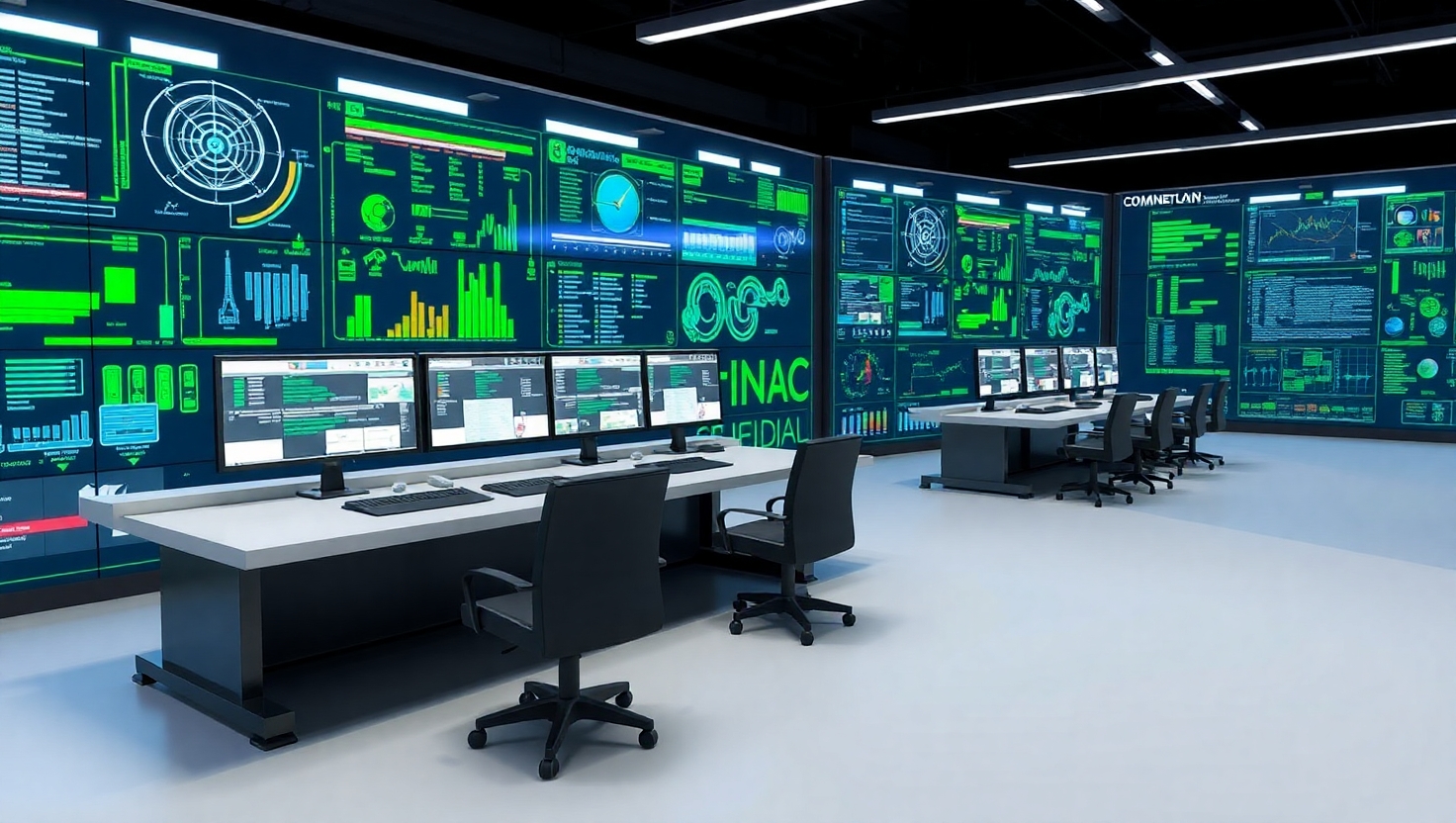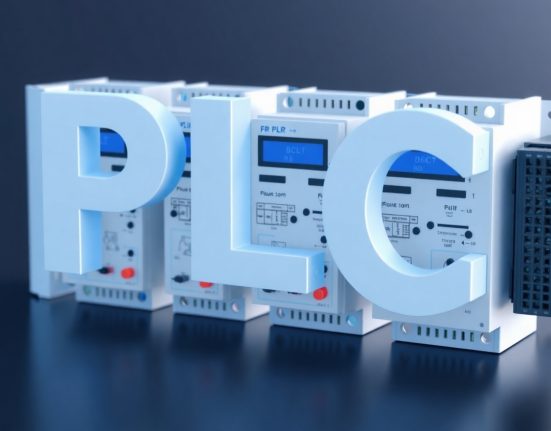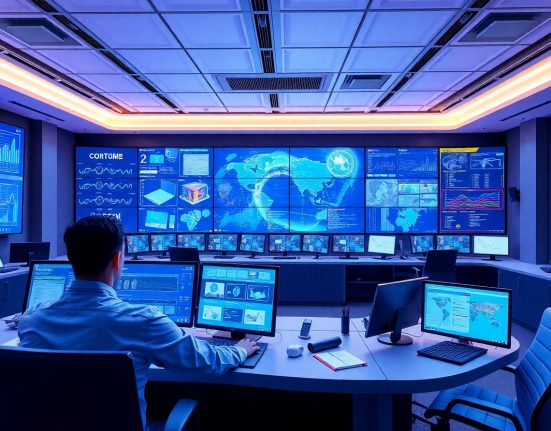Command and control systems are the beating heart of any organization that wants to manage information, processes, and resources efficiently and accurately. Whether in the military or in industry, the main goal is to ensure full control, quick response, and optimal operation. But when you look closer, you can see some important differences between command and control systems used in the military and those in the industrial world. These differences come from the distinct roles, constraints, and needs each field has.
First of all, military command and control systems focus on situations where decisions need to be made very quickly, often in real time, under extreme pressure and unpredictable conditions. The military faces constant and changing threats, high-risk scenarios, and a lot of uncertainty. That’s why these systems are built to be fault-tolerant, with quick recovery abilities, and designed to keep working even if one part is attacked or damaged. They link different ranks, gather intelligence, manage missions on the ground, and help with strategic and tactical decision-making. Security is especially tight to prevent interference or hacking attempts.
On the other hand, industrial command and control systems usually operate in more stable environments, focusing on optimizing processes, improving efficiency, and keeping complex systems like factories, supply chains, or power plants running smoothly. Here the emphasis is on collecting real-time data to control industrial processes, spot problems before they happen, and avoid costly downtime. These systems communicate reliably with sensors and machines and aim to provide managers and engineers with smart decisions, planning tools, trend analysis, and lots of automation. Security is important too, but the threats are less about direct attacks and more about technical failures or internal glitches.
The way these two systems work is quite different. In the military, communication often happens between many diverse units, sometimes spread out physically in tough field conditions. The system needs to handle large amounts of data and present a clear, unified picture to commanders at all levels. In industry, communication is mostly between machines, automated components, and control centers, with a focus on accuracy and reliability over time.
In short, military command and control systems are emergency systems that focus on speed, resilience, and security under pressure, while industrial systems emphasize operational efficiency, preventive maintenance, and long-term planning. These differences come from the need to tackle very different challenges. Yet in both cases, there’s a strong sense of mission and importance to flawless performance, making these systems a respected part of the tech world. Anyone who loves this field finds it a fascinating mix of technology, information management, and broad impact.














